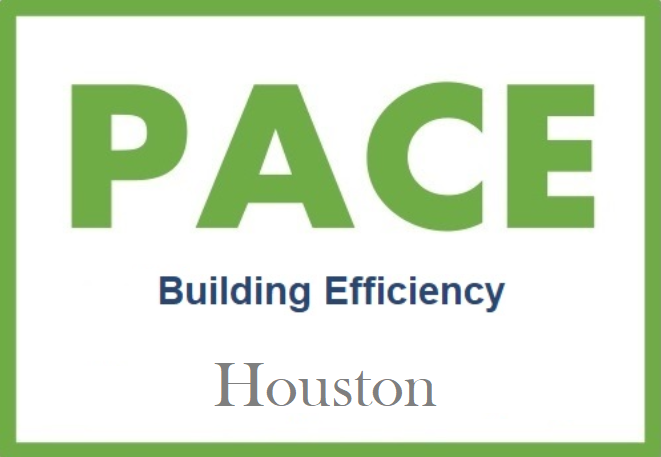Financing Energy Efficiency - National Association of Realtors Article by Bobby Hickman →
“Meanwhile in Texas, “Commercial PACE is a great tool for property owners to make improvements,” said Tim Crockett, president of PACE Houston, which consults with companies on energy efficiency projects. Crockett said PACE allows property owners to access a new capital stream for energy updates. Tenants benefit from lower utility bills. The program helps the environment; creates jobs; boosts economic development; and makes cities healthier. “It’s an ingenious idea,” the commercial real estate veteran added. “I wish I’d thought of it 30 years ago!” Crockett said Texas introduced its program a few years ago. “We benefitted by not being the first, and Texas has a pretty good system,” he said. For example, Texas is an open market with free competition, while some states set up a lender as the PACE administrator, which can bring higher fees. Texas also requires PACE projects to be reviewed by an outside engineer to ensure that the energy savings will pay for themselves over the life of the project. Texas also chose not to offer residential PACE, partly because of issues in other states. Crockett also noted that lower electricity rates in Texas make it more difficult for residential projects to be economically feasible. The state also requires a property’s first mortgage holder to be involved in the PACE process. “By definition, a tax lien takes priority over a mortgage,” Crockett explained. “So if you’re a lender with a $30-million lien against a $50-million building, and I do a $1-million PACE project, I just jumped ahead of you in the mortgage order.” Crockett added more lenders are realizing PACE upgrades bring more benefits than risk to them. Some 120 banks have agreed to consider PACE projects on a case-by-case basis. “PACE helps eliminate many barriers to doing energy efficiency projects,” Crockett concluded. ”
In their Summer 2017 Common Ground digital magazine, The National Association of Realtors published the article "Financing Energy Efficiency" by Mr. Bobby L. Hickman. In this article Mr. Hickman reviews the evolving and fragmented residential PACE market and, in contrast to the residential PACE market, interviews Tim Crockett about Commercial PACE in Texas. Tim's comments highlight how Texas has chosen a conservative and responsible path that includes an open lender model, requiring an engineer to stamp the energy report prior to funding and rightly requiring that the existing lender consent to the PACE loan. This means multiple eyes are there to review a project's economic efficacy.




